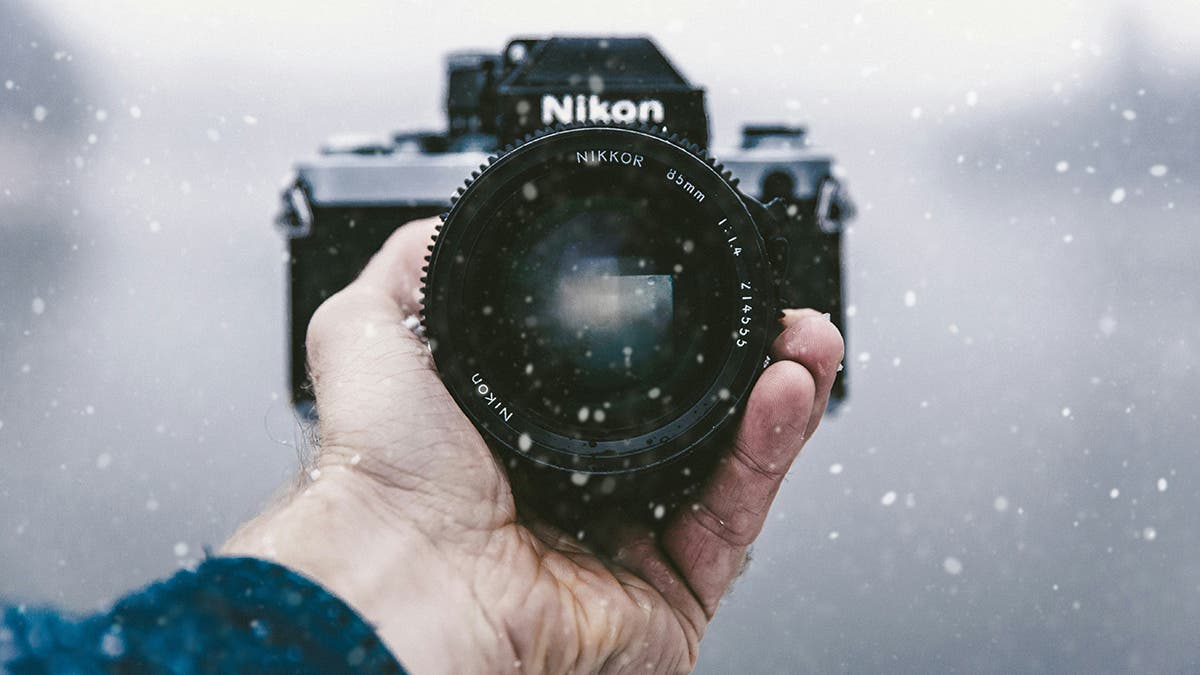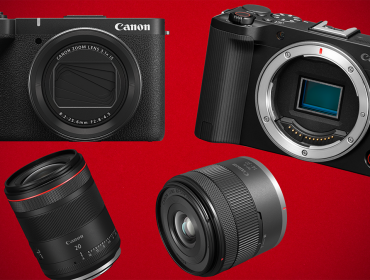Among professional photographers and hobbyists alike, the Nikon brand is a household word. But how did Nikon become so prevalent? Well, it all started with optics, actually. Photography is the art of seeing, after all. Established in 1917, Nikon is considered one of the top optic and photographic equipment manufacturers worldwide. Harnessing the power of light is quite a mission. Nikon has prevailed in that mission in the photography, educational, clinical, materials science, and healthcare industries. For now, let’s explore how Nikon cameras have evolved over the past one hundred years. We will begin with Nikon’s current flagship, the Nikon Z9 mirrorless camera.
Nikon’s Flagship, the Z9 Mirrorless Camera
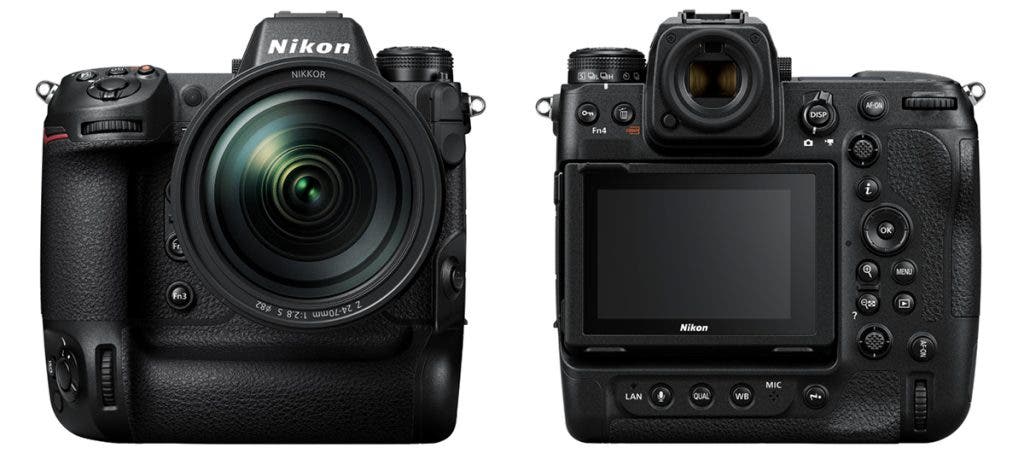
The Z9 is Nikon’s first mirrorless flagship camera. It offers over 40 new features and enhancements. A professional-grade camera, its groundbreaking design appeals to both still photographers and filmmakers. The Z9’s standout features include Auto Capture, a newly developed technology that automatically captures subjects using pre-set shooting criteria. This allows for unattended operation. In addition, the Z9 also has a powerful AF system. It can detect a range of up to nine subjects and 3D-tracking. Its 12-bit RAW up to 8K video recording capability produces ultra high-resolution video. Its high-speed frame and pre-release capture features make it even easier to seize those decisive moments. Photographers can freeze the action with an astounding 1/32,000 second maximum shutter speed.
Other impressive qualities include a high-res zoom that extends the telephoto range up to two times. Plus it has the world’s fastest scanning speed that minimizes rolling-shutter distortion, allowing for vast amounts of still image creation. And all of this can be accomplished without physical discomfort, due to its highly ergonomic, four-axis vertical/horizontal tilting monitor. The Nikon Z9 can perform on days it’s as cold as 14 degrees or as hot as 104 degrees. That’s because Nikon built the Z9 to be solid and robust, as well as drip- and dust-resistant.
Humble Beginnings: The Model I, 1948
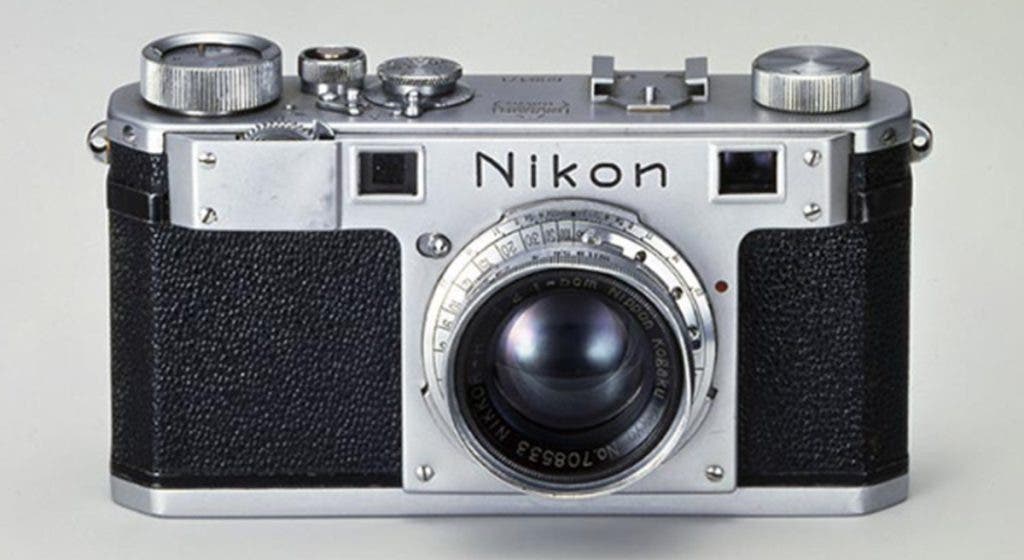
Photographic technology has come a long way since Nikon’s first camera, the Nikon Model I, was released in 1948. It contained original inventions like the small radial ball bearings that enabled the shutter release. Overcoming many challenges from research to marketing, the Nikon Model I was in the design phase for almost two years. Highly anticipated, it was advertised in magazines and various other places before its release. Supply could not keep up with the demand for domestically produced cameras. But the real challenges arose when the Nikon Model I went on sale.
Complaints about the camera were copious, and designers had to find solutions on a daily basis. However, one by one, they were able to surmount the issues. Those improvements led to the forthcoming cameras: the Nikon M, released in 1949, and the Nikon S, released in 1950. In the coming years, Nikon continued to evolve, leading to its reputation as a global brand.
Nikon SP Rangefinder, 1957
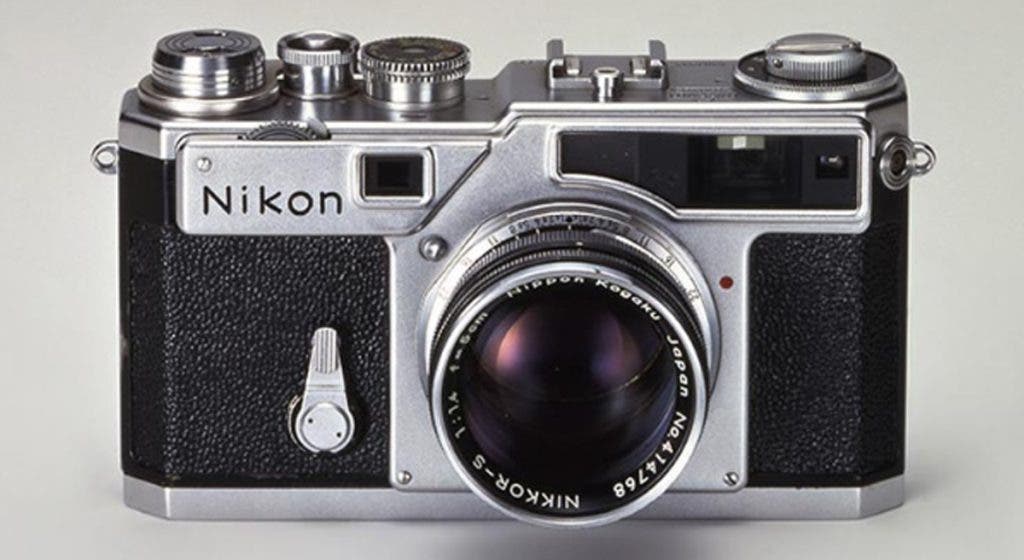
About ten years after the Model I was released, Nikon’s SP rangefinder came onto the scene. Delighting professional photographers, this camera’s most impressive feature had a built-in universal viewfinder. The Viewfinder fit six interchangeable lenses from focal lengths of 2.8 to 13.5cm. Nikon designed these cameras to produce very little operating noise and shock. They comprised quiet curtain shutters, rear curtain accelerators, silent braking, and coiled axial clamping to contain the shock. These technological advances led to the development of a system camera with a motor drive unit that was capable of three frames per second.
It also comprised a finder frame illumination for shooting in dark locations and a flash sync connection in the accessory shoe, all cordlessly. The SP was also their first camera with a self-timer built in. A technological breakthrough, the SP, along with NIKKOR lenses and optical glass, won the grand prix at the World Expo in Brussels in 1958.
Nikon F SLR, 1959
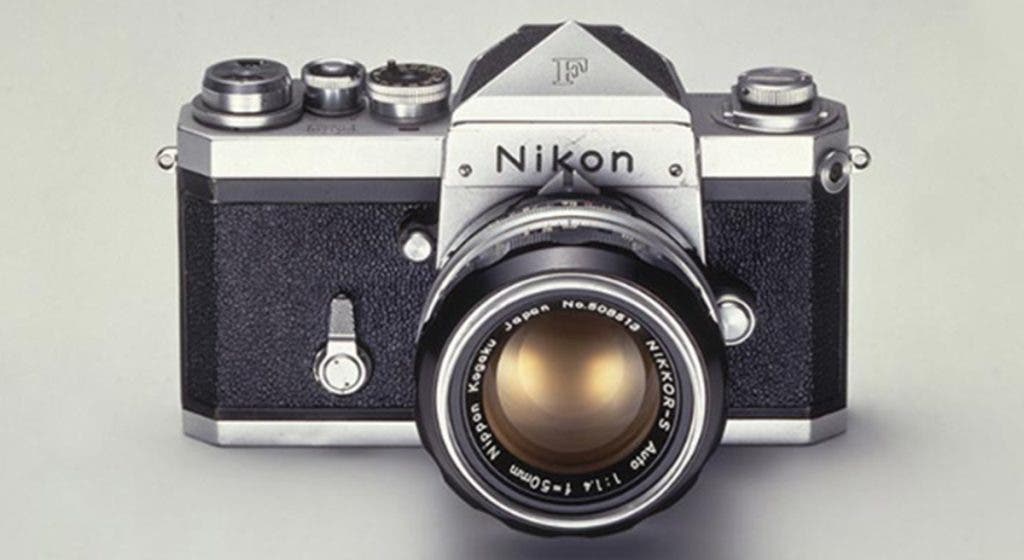
Perhaps its most significant development thus far, Nikon released its first single-lens reflex camera in 1959. It was produced for 15 years, up until 1973, and included the groundbreaking Nikon F mount used in forthcoming digital SLR cameras. A technology that’s been around for over half a century, the F mount is the world’s longest-used lens mount, originally designed for 35mm SLR cameras. It was an advancement that propelled Nikon and NIKKOR brands into the limelight and solidified the company’s reputation as a global leader.
The F also included new developments such as the mirror box, pentaprism, and bayonet, which required resolving major technical challenges. The stainless steel bayonet could now withstand the weight of a telephoto lens, and a more advanced internal diameter allowed the use of larger aperture lenses. The advent of the Nikon F also allowed users to make a picture of 100 percent of what they saw in the viewfinder. The shutter curtain was made of titanium. It included a complete coupling system that combined the aperture and shutter speed with the exposure meter. All told, the Nikon F was quite a feat.
Nikon D1 Digital SLR, 1999
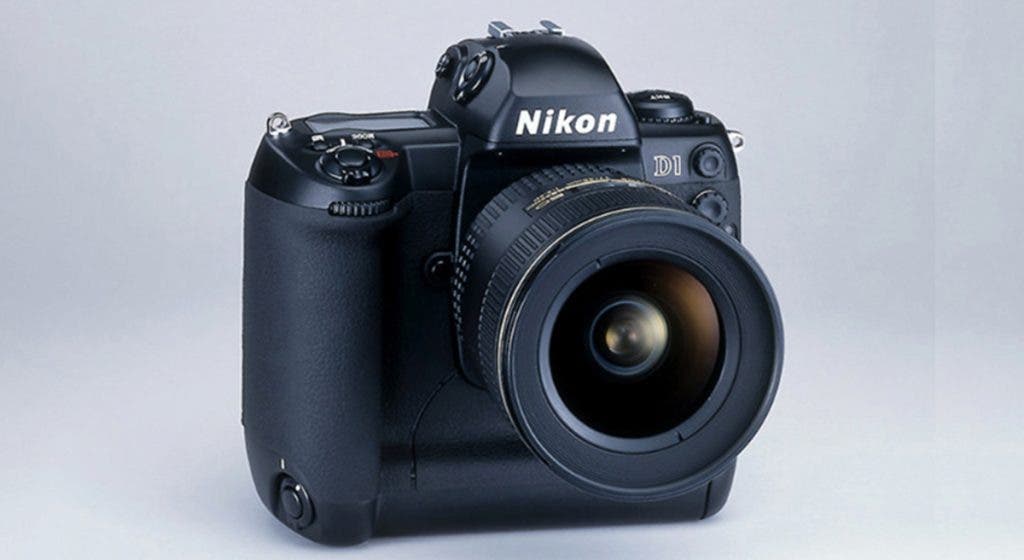
Forty years after the Nikon F SLR was released, Nikon’s first digital SLR camera, the D1, came on the scene. Before that, in 1992, Nikon had released its first digital cameras, the E2 and the E2s, which were SLR-type cameras developed with FUJIFILM Corp. And five years later, in 1997, Nikon marketed COOLPIX 100 and 300, its first compact digital cameras. However, the Nikon D1 digital SLR was a lens-interchangeable AF digital SLR camera that made a significant splash due to its image quality, speed, dimensions, weight, and price.
Nikon launched the DSLR project in 1996 under the direction of its president with the goal of developing a novel and genuine digital SLR camera within just two years. A team of ten from design and other divisions took up the daunting challenge and released the professional D1 a year after its COOLPIX 900 compact digital camera.
Nikon’s first DSLR was groundbreaking because it offered superb image quality, operability, and functionality at a fraction of the cost of the DSLRs on the market at that time. Priced for the general public, as opposed to professionals more apt to invest in expensive technology, Nikon’s D1 helped spur the popularity of digital SLRs in the ensuing years.
In 2008, it released the first ever DSLR to capture motion as well as still images, the Nikon D90. And in 2019, it released the Nikon D6 digital SLR, a camera that boasts the most powerful auto focus performance in Nikon’s history. Made with photojournalists and professional sport photographers in mind, it offers high-speed continuous shooting and speedy image transfer among other desirable features.
Nikon Takes on Mirrorless Technology
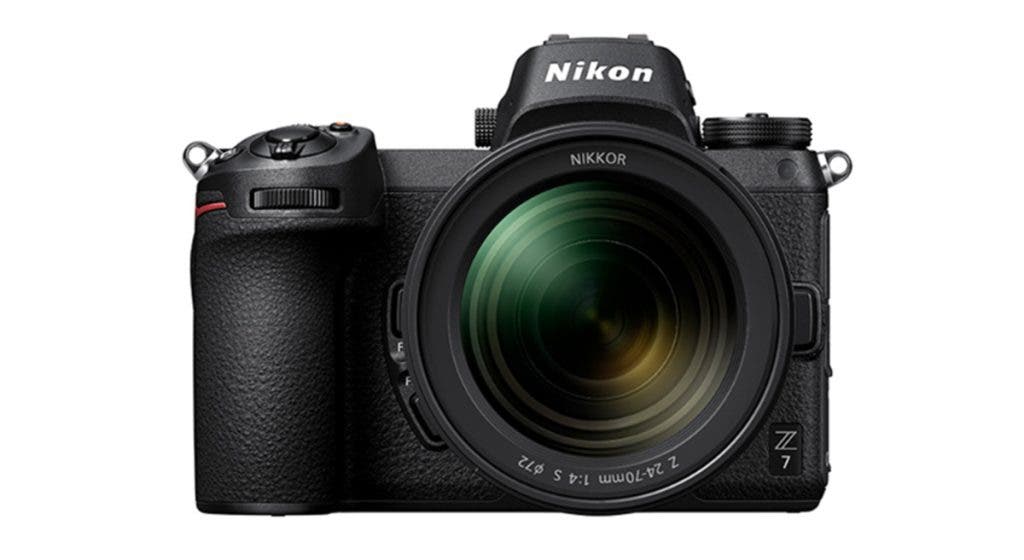
As mirrorless technology gained traction, Nikon raced to get in the game, but it took a while. In 2004-2006, the Leica M8 Black and the Epson R-D1, the first digital rangefinders, began the momentum. However, the Panasonic Lumix DMC-G1, released in 2008, was the first commercially available mirrorless camera, followed by the Olympus Pen E-P1 and Fujifilm X-Pro 1. In 2013, the first mirrorless cameras with full-frame sensors, Sony A7 and A7R, broke onto the scene. In 2016-2017, Fujifilm X-T2, Sony A9, and Hasselblad X1D-50c mirrorless cameras became the first to compete with professional DSLRs, leaving industry leaders Canon and Nikon in the dust.
Not for long! In 2018, Nikon released its first mirrorless camera, the Nikon Z7, using its newly developed Nikon Z mount system. A high-pixel-count camera with 45.7 effective megapixels, the Nikon Z7 was developed to fully exploit the value of NIKKOR Z lenses. Later, it released lighter and more portable mirrorless cameras, the Nikon Zfc in 2021 and the Nikon Z8 in 2023. Noting the uptick in mirrorless usage, Nikon announced its last DSLR model in 2020, and by 2021-2022, mirrorless cameras usurped DSLRs and dominated the market. And that’s where Nikon’s historical timeline leaves us today, with Nikon’s flagship Z9 mirrorless camera.
Nikon’s Continuous Innovation

Nippon Kogaku K.K. began operating on July 25, 1917, in Tokyo, Japan, by developing optical instruments such as rangefinders and microscopes. At the time, producing advanced optical instruments was a national urgency for Japan. So, an optics company was created by merging the optical instruments division of the Tokyo Keiki company with the mirror division of Iwaki Glass with Fujii Lens Manufacturing. Hence, the establishment of Nippon Kogaku K.K., the Nikon we know of today.
Nikon’s path forward was, and continues to be, about pushing the boundaries of technological advancement. But competitors abound. Its history proves Nikon has been both first and last in line to produce equipment the public demands. It’s easy to take a company like Nikon for granted today. But we shouldn’t. Photographs are too crucial to society and history to make that mistake.

